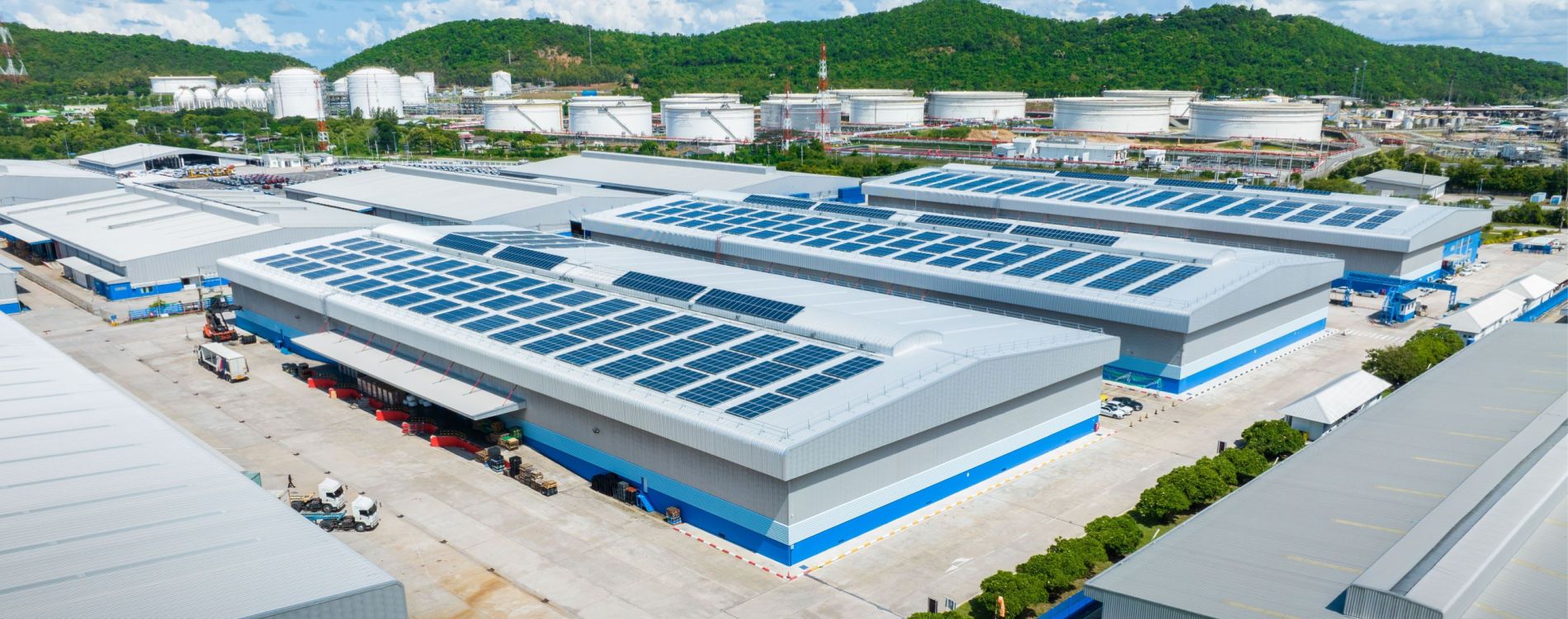The ENERGY STAR program, managed by the US Environmental Protection Agency, has been very effective in helping homes and businesses reduce their energy use and environmental footprint. Implementing energy efficiency in a large organization represents a significant management challenge, so the US EPA has provided guidelines to simplify the process, broken down into seven steps.
- Commitment
- Assess performance
- Set goals
- Create action plan
- Implement action plan
- Evaluate progress
- Recognize achievements
Step 1: Commitment
In simple terms, commitment means taking energy efficiency seriously, as a business priority. Companies must be aware that energy efficiency is an investment, requiring a commitment of resources in exchange for an even greater long-term benefit. When companies are starting to implement an energy efficiency policy, it will generally require two key inputs: staff and funding.
The US EPA recommends appointing an energy director, and depending on company size this can be a full-time position. The energy director should ideally be supported by an energy team, with members from all relevant organizational areas. The creation of an energy team and capital allocation complement the energy policy, which establishes objectives and responsibilities.
Step 2: Assess Performance
Before implementing measures to improve energy performance, it is important to determine where a company currently stands. This also provides a baseline to assess the effectiveness of energy efficiency initiatives in the future. In addition, knowledge of current energy performance allows benchmarking, both among facilities owned by the same organization and with respect to similar buildings owned by other parties.
When gathering data, it is important to determine what level of detail is appropriate, considering that more detail provides added insights, but is also more demanding in terms of man-hours and data processing needs. It is also important to consider all forms of energy usage:
- Some companies make the mistake of only considering utility bills, while ignoring energy sources like renewable generation and heat recovery systems.
- Other than the amount of energy consumed from each source, it is also important to have cost data.
- You will also need complementary information to assess overall energy performance, including building data such as square footage and operating schedules.
Initial performance assessment can be complemented with an energy tracking system. It can be as simple as a spreadsheet that is filled manually, or as complex as a web platform with sensors and automated reporting. Just keep in mind that it should be designed to be easy to use an insightful; in other words, it must be a tool that adds value and not a hindrance.
Another key element of energy performance assessment is to establish useful metrics, considering that some may be better suited for specific types of companies. For example, a manufacturing firm can measure kWh consumption per unit produced, while a financial institution can instead focus on annual kWh/ft2.
Energy performance assessment requires know-how, so not all companies may be able to do it with their internal staff alone, especially if they operate outside of technical fields. However, this can be compensated by simply hiring the services of external energy consultants. Even if a company has a large engineering department, working with specialized consultants can help develop in-house expertise if it’s the first time the department will deal with energy efficiency.
3) Set Goals
Once a company has a clear picture of where they stand in terms of energy efficiency, the next step is to determine where they want to be. Benchmarking can be very useful here: by analyzing top performers, companies seeking to improve their energy efficiency can set realistic goals. Without benchmarking, a company may inadvertently set targets that are unfeasible from the technical or financial standpoint.
Goals can be broken down by scale or by timeframe. For example, an energy efficiency improvement goal can target the overall organization, a specific building, or even a specific process or piece of equipment. The timeframe may also vary: some improvements can be carried out very quickly, while others require careful planning and gradual upgrades. For example, recommissioning typically yields energy savings up to 10% with minimal expenses and a quick payback; on the other hand, upgrades to base building systems can be capital and labor intensive, while having a longer payback.
Energy performance goals can take many forms, but some of the most common ways to establish them are:
- Achieving a specified percentage reduction in energy consumption.
- Achieving a specified percentage reduction in greenhouse gas emissions.
- Certification under a program such as ENERGY STAR or LEED.
4) Create an Action Plan
The action plan is the roadmap for getting from the current level of energy performance to the established target. Basically, this step involves project management: the company must define a scope based on the results of previous analyses and audits, prioritizing energy efficiency measures considered the most effective. The action plan involves a scope of work, as well as timelines and allocated resources (cost and labor).
Breaking down the action plan by department is recommended to optimize work, and it should be reviewed and updated periodically, for example once per year. Keep in mind that energy efficiency involves specialized knowledge and building system upgrades, so the action plan must also consider the role of external consultants, technology suppliers and contractors.
5) Implement the Action Plan
Best practices in project management are also effective when implementing energy efficiency. Like with any project, human resources management is key, so the US EPA suggest creating a communication plan to ensure information always reaches its target. It is also important to raise awareness at the organizational level, to simplify collaboration once the proposed measures are being deployed. It may be also be necessary to build capacity by training existing staff members, while expanding the staff temporarily or permanently with the adequate talent for the task.
The energy tracking system developed in step 2 can be very useful here to keep a record of results achieved, and match them with the corresponding energy efficiency measures.
6) Evaluate Progress
Progress evaluation is an ongoing process that involves two main activities:
- Comparing the results achieved with the established targets.
- Reviewing the action plan and adjusting it as needed towards the energy efficiency goals.
Initiatives that have worked can be enhanced, while those that have proven less effective can be given less priority. As time progresses, the energy management procedures deployed by a company improve thanks to periodic assessment and action plan revisions.
Best practices are a very useful product of progress evaluation. As energy efficiency improvement becomes an established business process, there will be a record of what has worked best in the past.
7) Recognize Achievements
An energy efficiency policy involves extra effort from your staff, so it makes sense to reward the results achieved. Two of the most effective methods are public recognition and salary bonuses. Public recognition at the organization level is also important to build momentum; for example, if the firm achieves certification under a program such as LEED or ENERGY STAR, a press release can be published. This also helps improve public perception of the company as a corporate citizen committed with sustainability.







